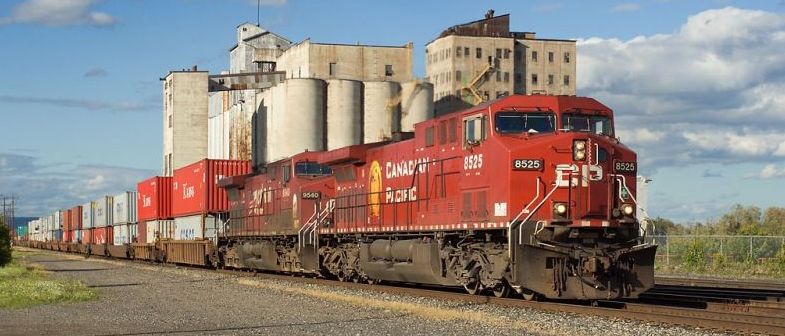
Train Addiction Help Line: 1.866.840.7777
MTH - RailKing - O Scale 3-Rail - 4-Car 60' Madison Passenger Set - U.S. Army (Green) -- Baggage(89005) - Coach 1(89417) - Coach 2(89420) - Observation(89536) (SKU 507-3069255)
Available On: November 1, 2017

The steel passenger car was in large part a byproduct of the building of New York's Pennsylvania Station. In 1901 the Pennsylvania Railroad, under President A.J. Cassatt, began the construction of its gateway into Manhattan. Until then, Pennsy passengers bound for New York de-trained in Jersey City and crossed the Hudson River by ferry to their final destination - while travelers on rival New York Central went straight to Grand Central Station. A key element of the Penn Station project was long tunnels under the Hudson, and another set of tunnels under the East River to link up with Pennsy subsidiary Long Island Rail Road. Cassatt was adamant that the cars going through his tunnels be fireproof, a requirement that the wooden cars of the era could not satisfy. The search for a steel car design was on.
With Cassatt's support, and that of George Westinghouse as well, New York's Interborough Rapid Transit (IRT) was also looking for fireproof subway cars around the same time. Thus in 1904, in time for the IRT's opening, the first American regular-production steel cars were delivered to the IRT by American Car and Foundry (ACF), based on the designs of IRT technical engineer George Gibbs; similar suburban commuter cars went to Pennsy's LIRR.
Further Pennsy design work on a mainline passenger car led to the P-70 coach, which would become one of the most well known and numerous steel passenger car designs. The Pennsy's 1907 order for 200 P-70s, built by ACF, Pressed Steel Car Company and the road's own Altoona shops, was \"the first large-scale commitment\" to steel passenger cars, according to famed railroad historian John H. White, Jr., and \"truly opened the age of the steel passenger car.\" To compete with the Pennsy, other railroads found it necessary to upgrade to steel cars as well - initially just on premier name trains, and later throughout their fleets. Reluctantly, and under pressure from the Pennsy's requirement that only steel cars enter its New York terminal, Pullman converted to steel construction as well. On the west coast, the Southern Pacific had been an early advocate of steel passenger cars along with the Pennsy, and the lines controlled by E.H. Harriman, including the SP, UP, Illinois Central and Central of Georgia, were among other early adopters.
By around 1910, when Pennsylvania Station opened, the steel car had evolved into the so-called \"heavyweight\" design that would remain largely unchanged until the 1930s. Heavyweights, as depicted in our RailKing models, were characterized by a clerestory roof (a holdover from the wood car era), riveted steel bodies, and a massive steel fishbelly underframe that contributed most of the cars' battleship-like strength. Unlike some later designs, the sides and roof of a heavyweight were mostly along for the ride, and added little to the cars' structural integrity. The design, however, proved tremendously durable. Many cars lasted more than 50 years in mainline service, rolling for decades alongside - and intermixed with - much newer lightweight streamlined cars.
Configured in 4-car, 2-car and single-car configurations, each type features car interior detail, overhead interior lighting, end-of-car diaphragms and intricate under-car detail. All configurations are mounted atop die-cast metal 6-wheel trucks with operating metal couplers, metal wheels and metal axles.
Designed to bring authenticity and smooth performing operation to any O Gauge layout, modelers will find no finer O Gauge value than RailKing Passenger Cars.
Features:

$299.95 US